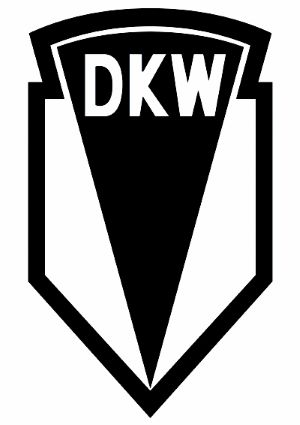 The History of DKW
The History of DKW
DKW was a German car and motorcycle marque. DKW was one of the four companies that formed Auto Union in 1932. In 1916, Danish engineer Jørgen Skafte Rasmussen founded a factory in Zschopau, Saxony, Germany, to produce steam fittings.
In the same year Rasmussen attempted to produce a steam-driven car, called the DKW. Although unsuccessful, he made a two-stroke toy engine in 1919, called Des Knaben Wunsch. Rasmussen placed a modified version of the engine into a motorcycle called Das Kleine Wunder (the little wonder) the initials from this becoming the DKW brand and the world’s largest motorcycle manufacturer. In September 1924, DKW bought Slaby-Beringer electric car company. In 1932, DKW merged with Audi, Horch and Wanderer to form Auto Union.
After World War II, DKW moved to West Germany. Auto Union came under Daimler-Benz ownership in 1957 and was purchased by the Volkswagen Group in 1964. The last German-built DKW was the F102 passenger car which ceased production in 1966. DKW-badged cars continued to be built under license in Brazil and Argentina until 1967 and 1969 respectively. The DKW trademark is currently owned by Auto Union GmbH, a wholly-owned subsidiary of Audi AG which also owns the rights to other historical trademarks and intellectual property of the Auto Union.
Dates in the history of DKW
- 1904 – The Rasmussen & Ernst company was established in Chemnitz to make exhaust steam fittings
- 1907 – On April 13, transfer of the company to Zschopau, where Rasmussen had purchased land in 1906. Rasmussen was registered as sole proprietor; the sales office remained in Chemnitz
- 1909 – Rasmussen & Ernst, Zschopau-Chemnitz, Maschinen- und Armaturenfabrik, Apparatebauanstalt
- 1912 – Zschopauer Maschinenfabrik J.S. Rasmussen
- 1916 – Experiments with steam-driven vehicles continued until 1918
- 1919 – The 25 cc miniature two-stroke engine (“Des Knaben Wunsch”)
- 1921 – Zschopauer Motorenwerke J.S. Rasmussen; the first auxiliary bicycle engine (“Das kleine Wunder”)
- 1922 – DKW trade mark registered for engines and motorcycles
- 1923 – Zschopauer Motorenwerke J.S. Rasmussen AG established on December 22. Capital in 1924: 1 million RM, increased in 1929 to 10 million RM
- 1928 – World’s largest motorcycle manufacturer; start of car production
- 1932 – On June 29, amalgamation with HORCH Werke AG, AUDI Werke AG and the car division of WANDERER Werke AG to create AUTO UNION AG with its headquarters in Chemnitz
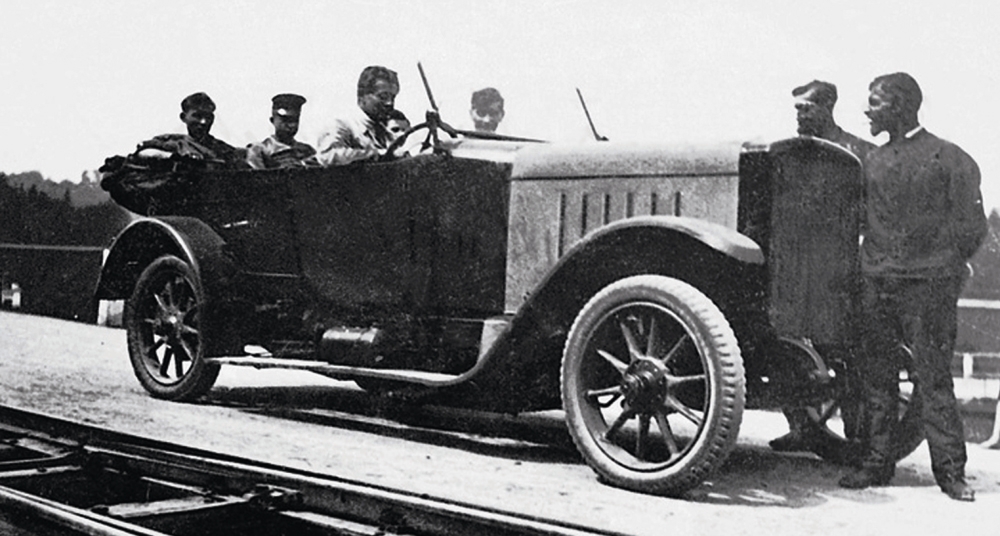


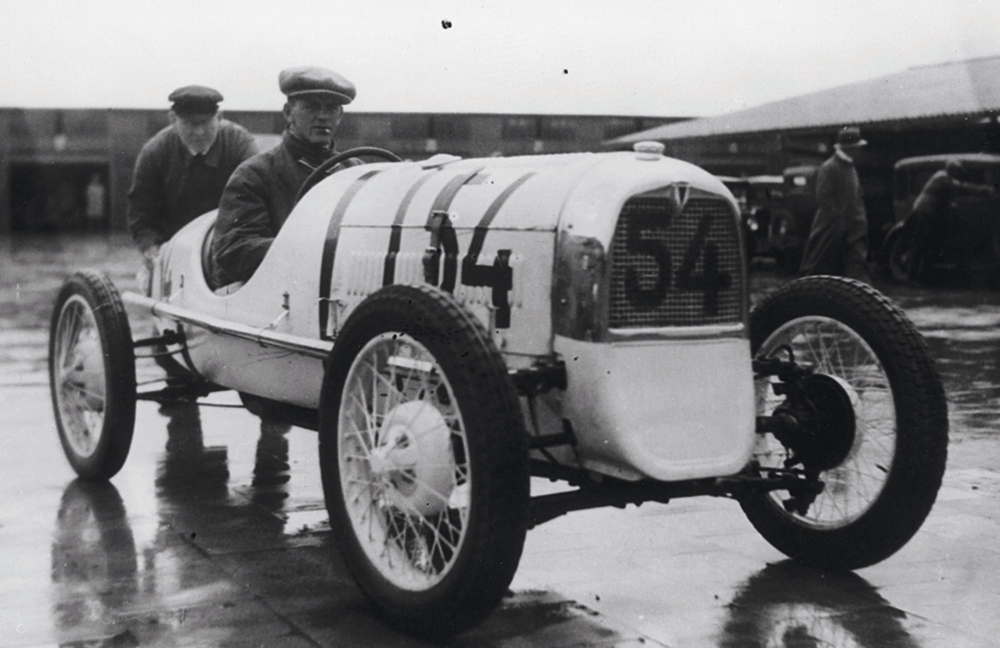
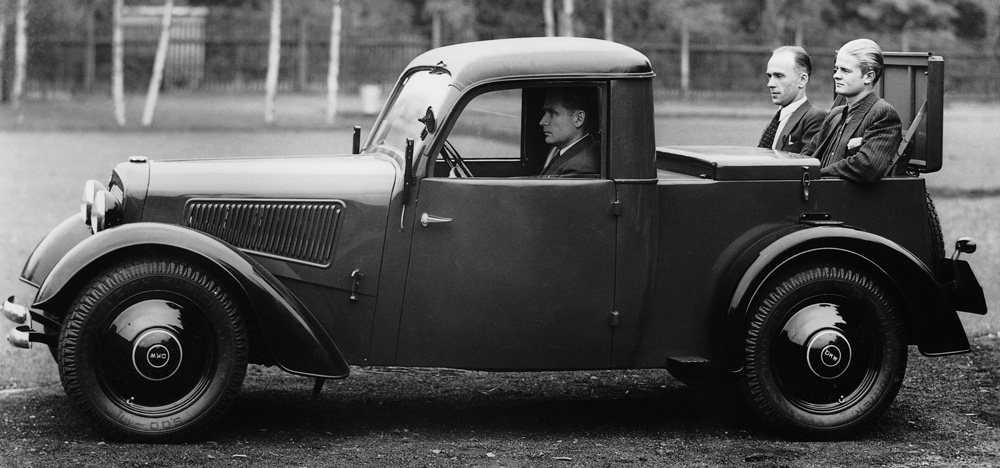
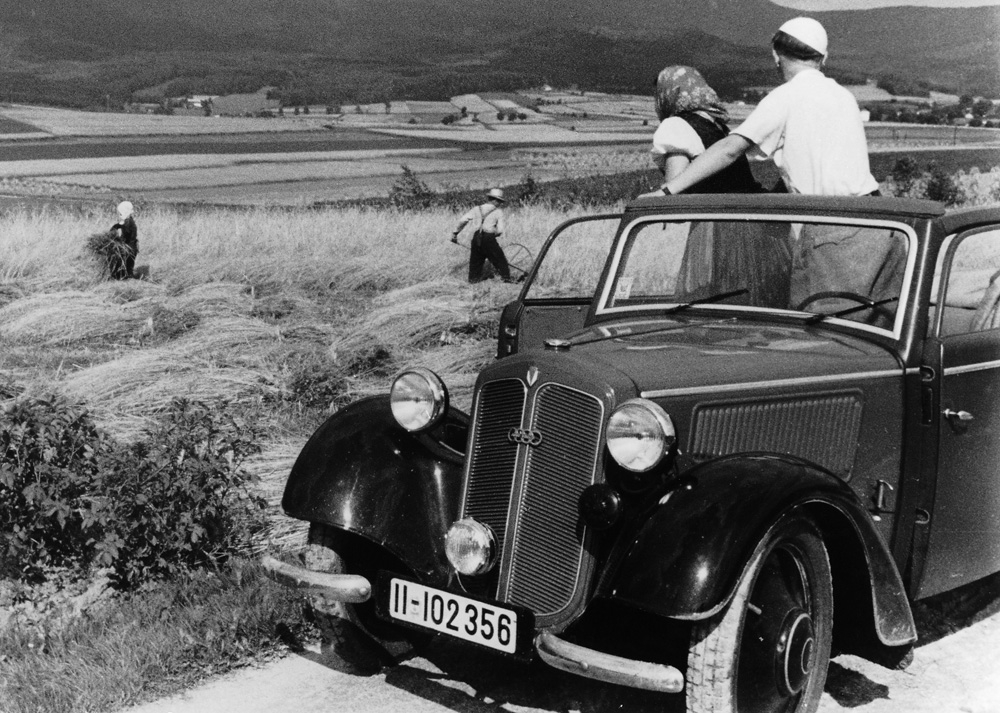
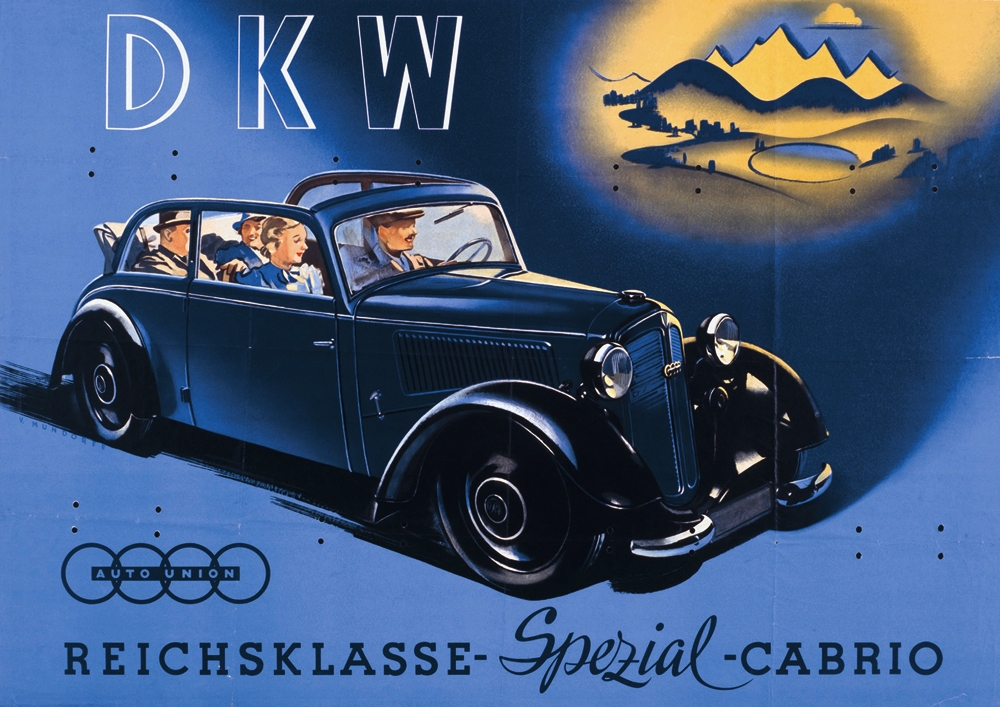


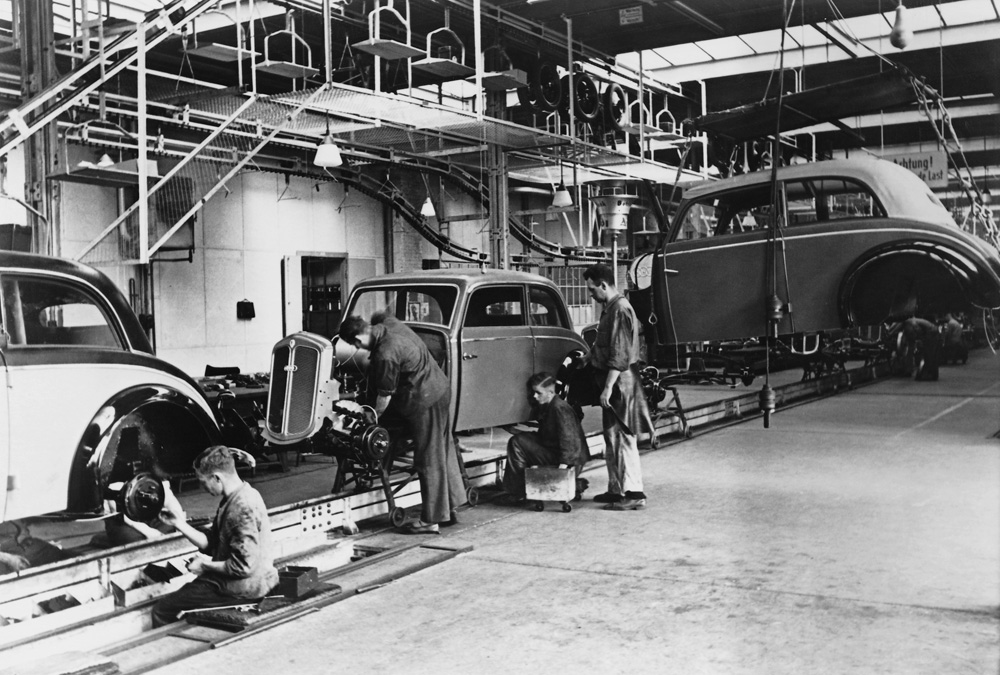
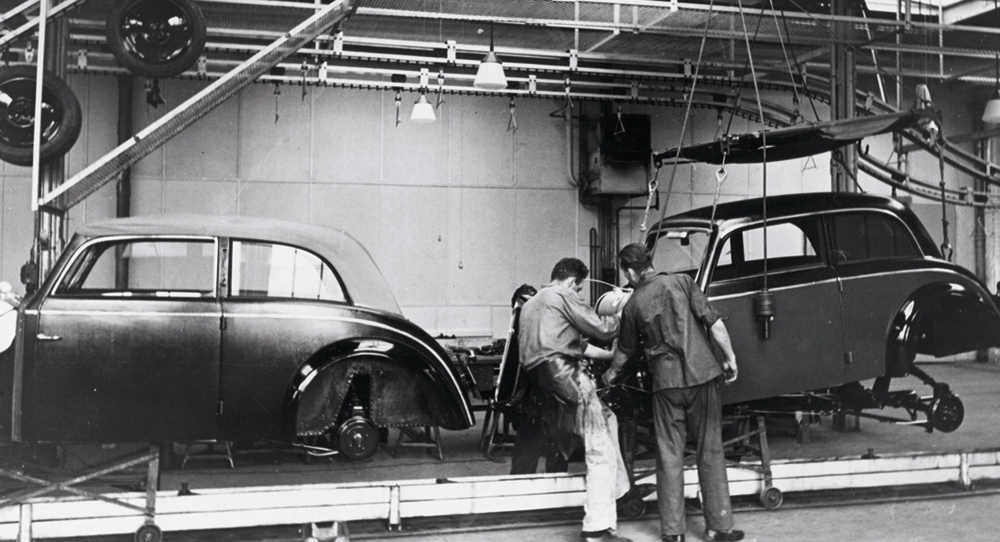
In Spandau, the wooden bodies covered with imitation leather were produced for the DKW Front vehicles. Final assembly subsequently took place in Zwickau where the chassis and engines were built.
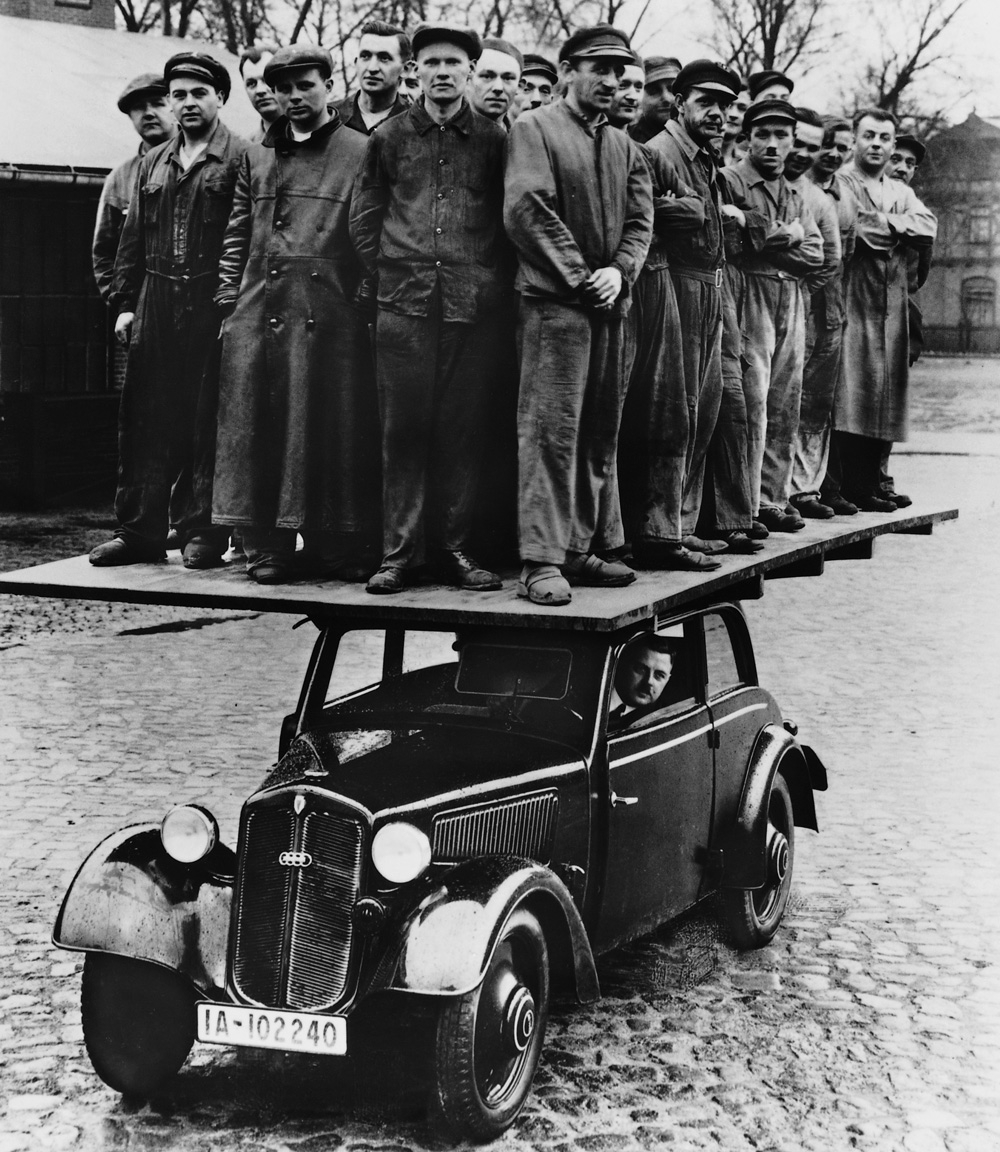
Central Testing Facility – wooden DKW bodies could withstand a great load. 30 men on the roof of a DKW “Front Reichsklasse” Type F7. The photo was taken to demonstrate the strength of the DKW`s wooden coachwork.
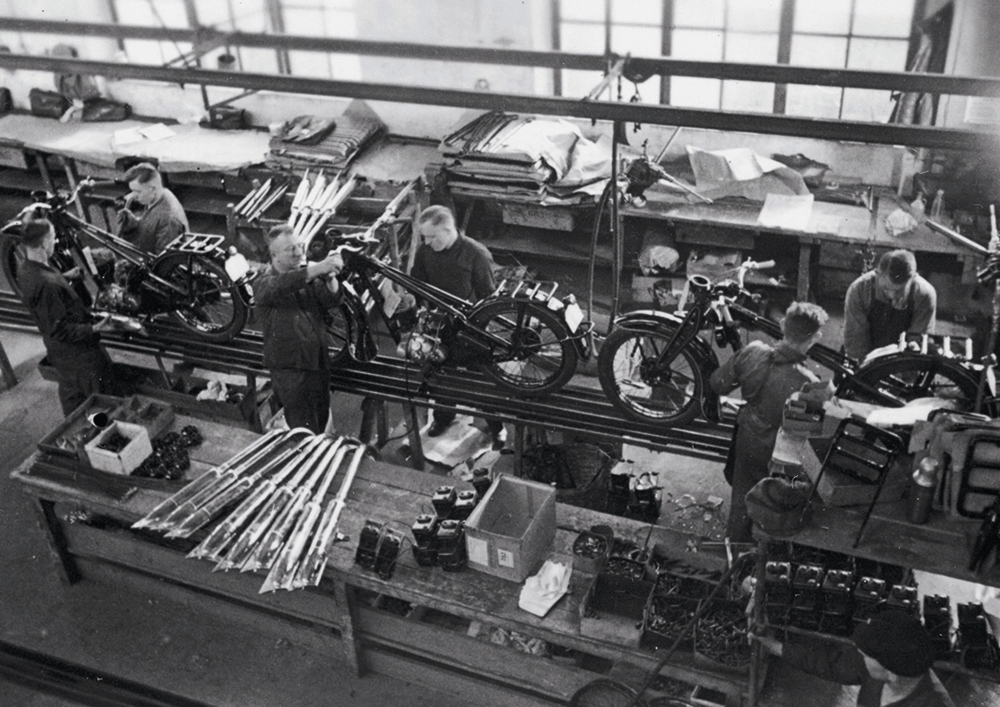
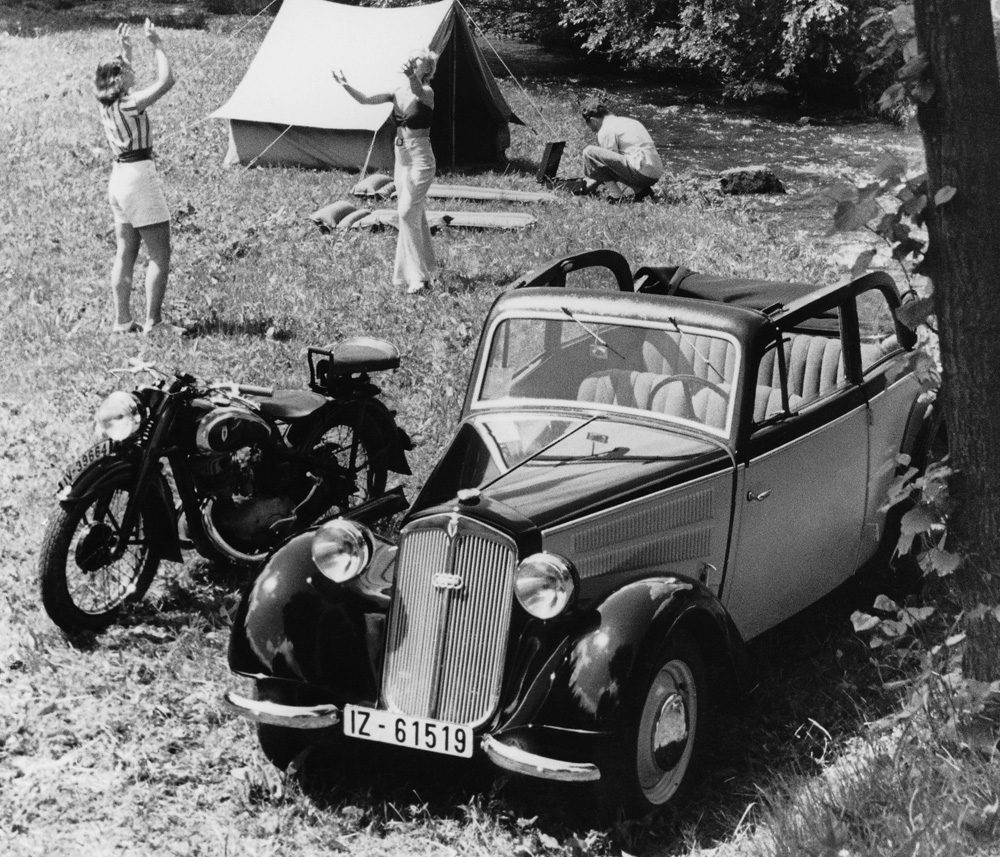
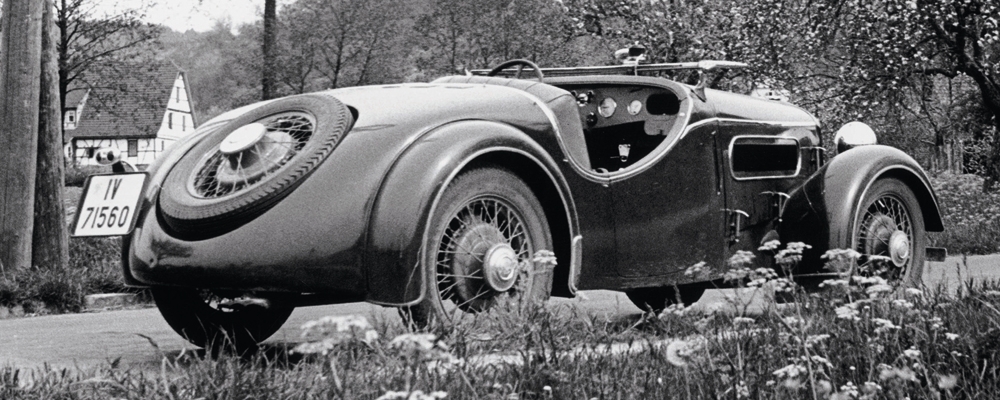

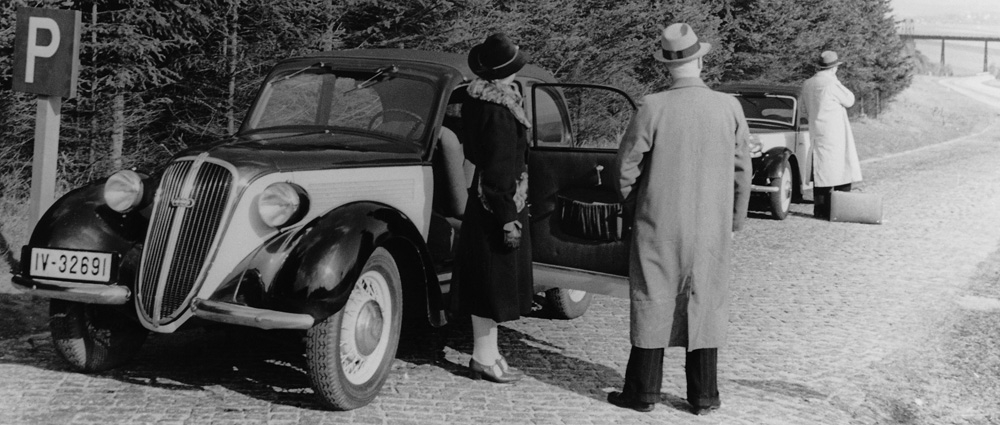
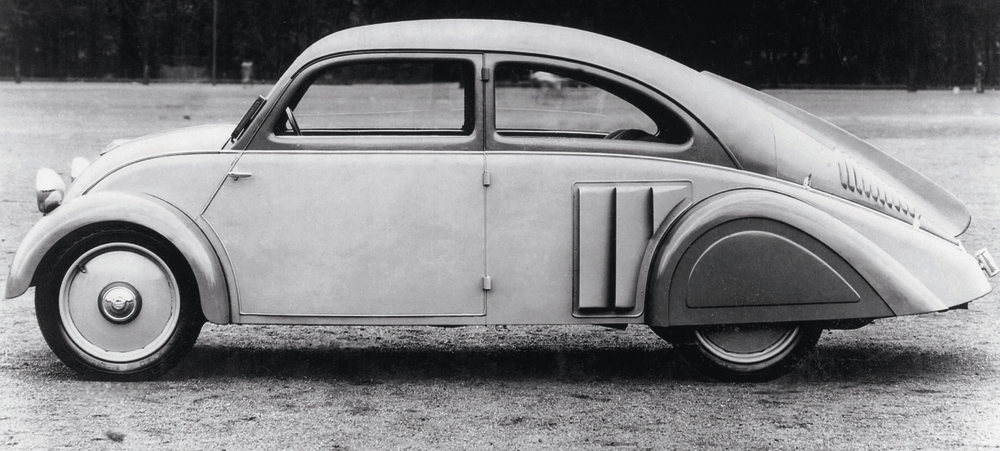


DKW entered the market at a time when the competition was long since established and succeeded in appealing to the emotions of customers and dealers alike. With brilliantly simple and sturdy products, DKW in particular made it possible for broad sections of the population to become mobile. Encouraged by clever advertising strategies and highly attractive instalment payment models, customers started to trust in the brand that they were also to remain faithful to after the war – although there were no new DKW products for years to come.
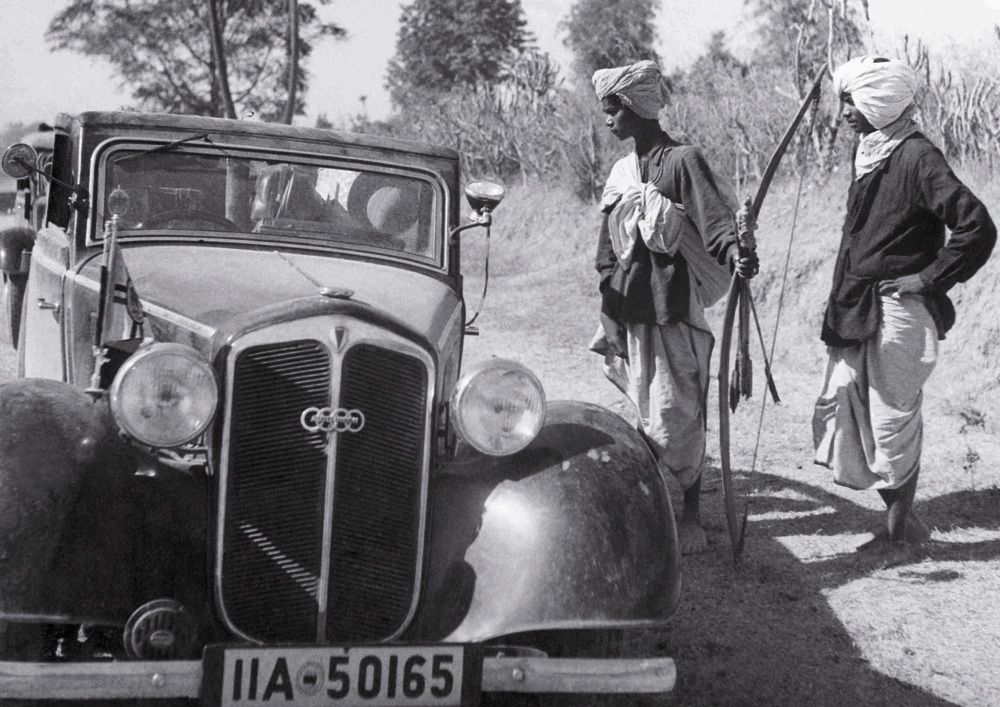

You must be logged in to post a comment.